Lukgraph 1/32 Potez 25 POE
By Hubert Boillot

Here is another of my latest builds. The base is Lukgraph's Potez 25, heavily modified with some home-designed and 3D-printed parts. It was built as part of the "Sandbox" GB on LSM, where you can find a more detailed build log.
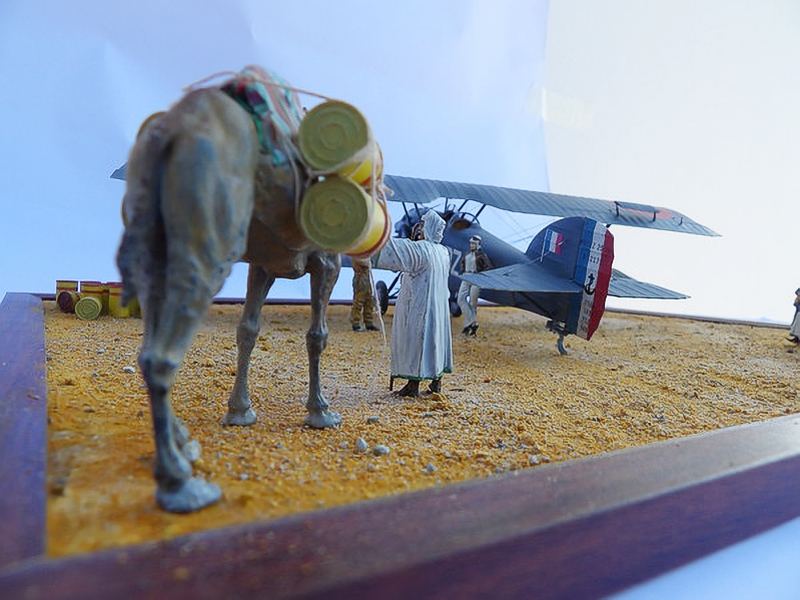
Here is some background on this project: The idea was to build a project "that had something to do with use in the sand or desert". When doing some preliminary research, I stumbled upon some pictures which had an irresistible appeal for me. Let me explain why.
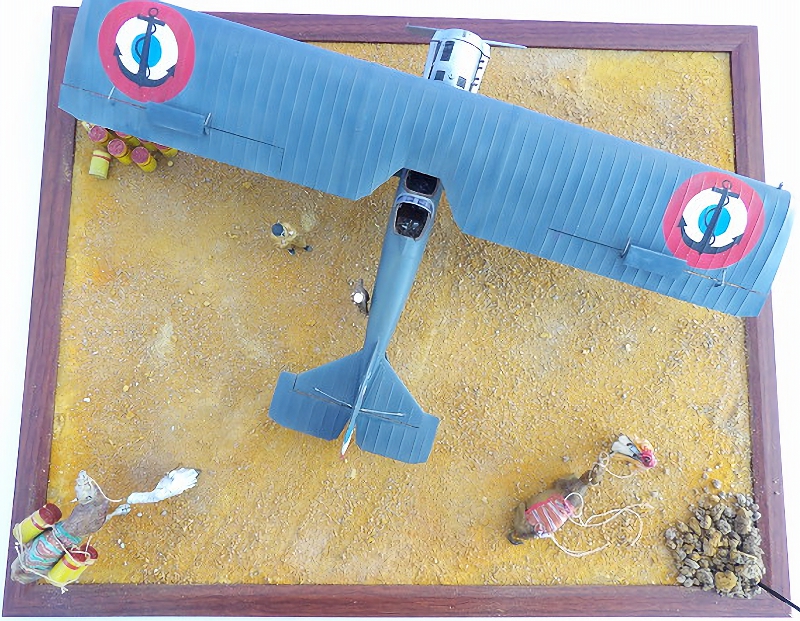
French colonial presence in North and Western Africa.
In the the XIXth and XXth Centuries, France expanded its colonial empire across large chunks of Africa, in the North with Tunisia, Algeria and Morocco and in the West and Center, expanding from the Ivory Coast and along the river Niger. In 1893, Ensign Aube, on an armed launch, went thus up the Niger river, until he reached Timbuktu, with the goal of establishing a French presence there. After a few weeks, he was unfortunately massacred with his expedition by the local tribes, which were subsequently defeated and submitted by a French ground brigade.
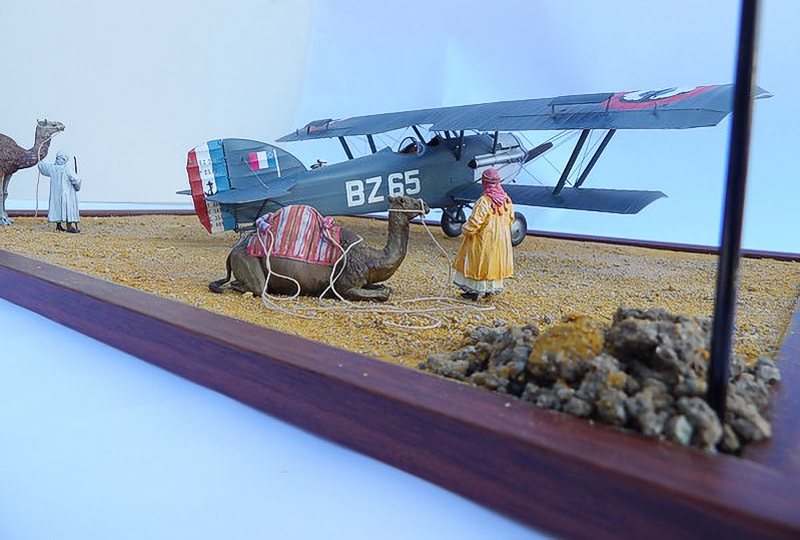
The French presence in Africa went with the development of routes between the colonies, and thus the French had to tackle a major hurdle between the North and the West of Africa, i.e. the Sahara Desert. This was progressively mapped and crisscrossed with a number of roads during the 1920s. A road was thus departing from Morocco, Tunisia or Algeria, to merge in Algeria in the North of Sahara, and then went south across the Tanezrouft and Sahara towards Mali and West Africa. Along this road, several stations were established, every 50 kilometers, initially by burying a barrel of water ("bidon" is the French word for barrel), and developing limited infrastructures along these "Bidon" outposts, namely ways to refill the tanks of the trucks, coaches, cars ... and aircraft which attempted to cross the Sahara. A famous post is "Bidon 5", in the Tanezrouft, which even had a "hotel" made from the bodies of two coaches.
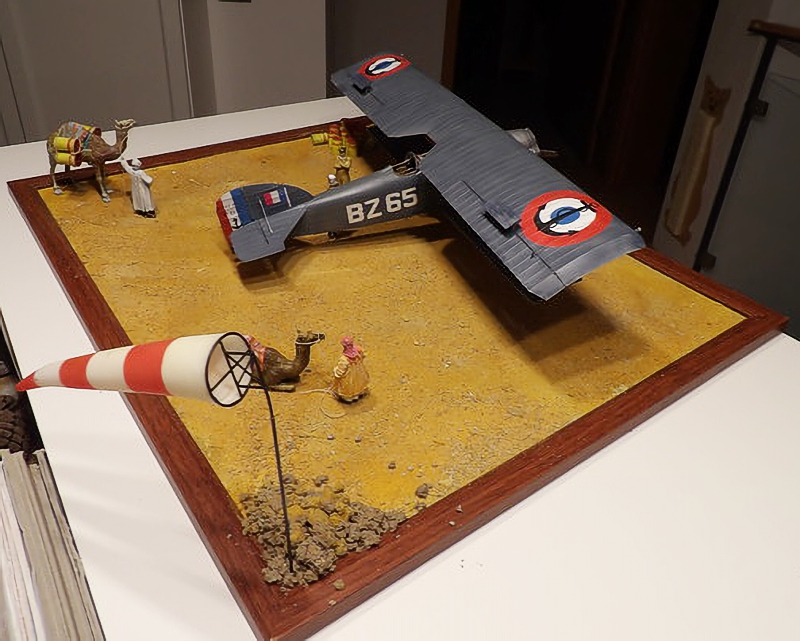
The "Black Cruise" ... and the “Pink Cruise”
In 1933, France established the Air Force as a separate entity from the Army. To celebrate this event, a PR stunt was put in place: the "Black Cruise." The idea was to have a major force, made of about 30 aircraft, that would fly from Paris to the Western African colonies and back. Under the command of General Vuillemin the Black Cruise was a huge success and demonstrated the capacity of the newborn Armée de l'Air to project its force across the empire.
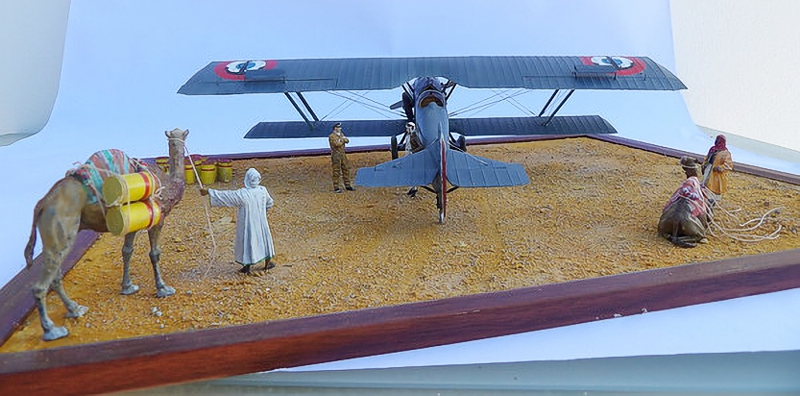
This widely acclaimed feat warmed the inter-service rivalry between the Air Force and the Navy, which had its own aerial component, and more specifically the feelings of Rear-Admiral De Laborde, a consummate sailor AND aviator, who commanded the French Navy forces in Africa. De Laborde wanted to show that the French Navy was as able as the new Air Force, by replicating the Black Cruise. In December 1934, a commemorative plaque for Ensign Aube was to be unveiled in Timbuktu. De Laborde informed the Ministry, that, as the most senior French Navy representative in Africa, he would personally attend the commemorative ceremony with his wife. He only "forgot" to mention that he intended to reach Timbuktu by aircraft in a remake of the African leg of the Black Cruise.
Thus, in November 1934, De Laborde, leading a flight of three aircrafts with his wife as passenger, took off from Bizerte in Tunisia, to cross the Sahara and reach Timbuktu. The flight was a success, and although a veil was put on it officially to avoid fostering the inter-service rivalry, the flight earned the somewhat derisive nickname of "Pink Cruise" due to the presence of Countess de Laborde, wife of Jean de Laborde.
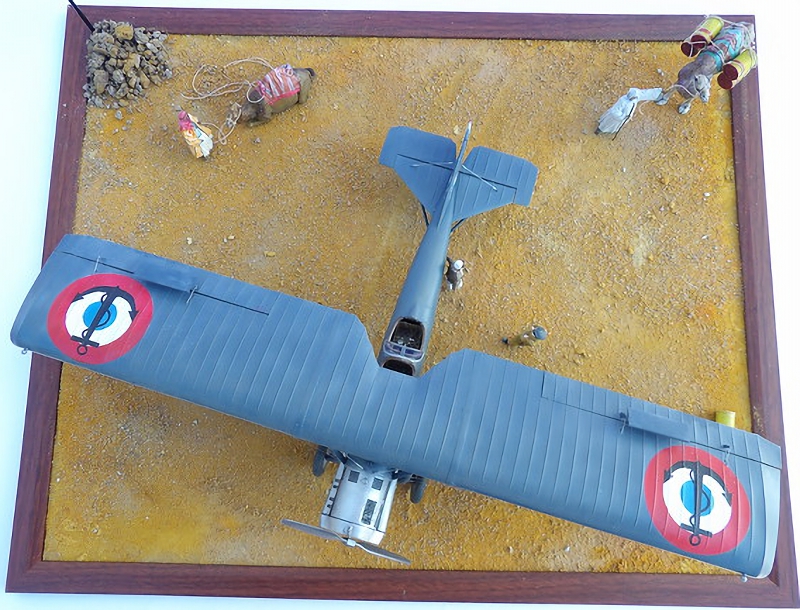
I found a period picture of the three aircraft, adorned with their "fishhook" roundels typical of the French Navy aircraft, during a stop in the middle of the Sahara. The idea of a Navy aircraft about 3000 kms away from the nearest shore was just irresistible to me. And thus, my Group Build entry was set!
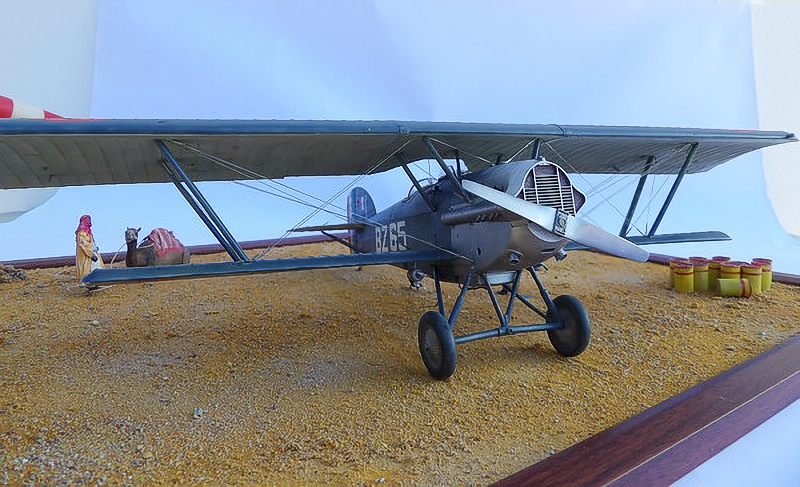
The Potez 25
The Potez 25 can, in many aspects; be considered the F-16 equivalent of the 20s and 30s. Built by Potez (who had been associated in WWI with Marcel Bloch to build propellers before Bloch and Potez parted ways in the early 20s) using conventional WWI construction techniques, but with an innovative engine bearer structure that allowed almost a 500 hp engine to power it. It was produced at more than 3,500 units and sold and used by 24 countries, not a bad number for these troubled peacetimes.
It was thus sold to Poland and it is because of this Polish Aviation link that we now have a 1/32 kit of the Potez 25, thanks to Lukgraph.
The main variant of the Potez 25 was the A2, powered by the very successful and reliable Lorraine W12 engine, and this was the one used by the Polish Air Force and therefore represented by Lukgraph.
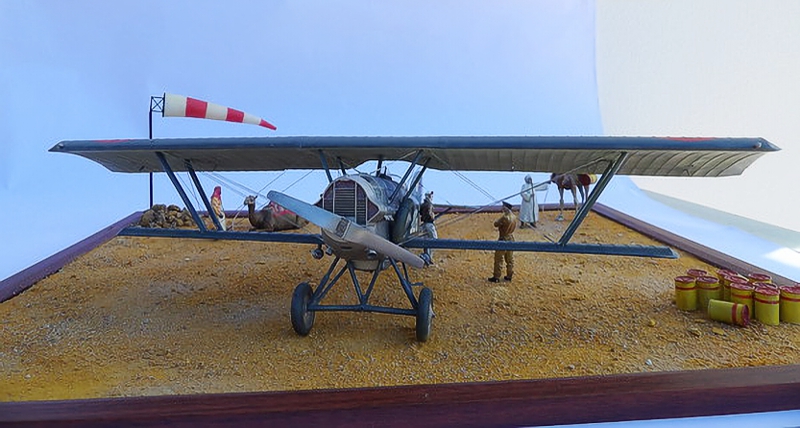
But the French developed a specific version for the Potez 25, the "TOE" (for Theâtre d'Opérations Extérieures, aka foreign operations theater). Compared to the A2, the TOE had many differences, starting by a heavier weight due to an enlarged main tank (which was jettisonable in flight in case of fire), and an additional fuel tank of 300 liters, conforming to the belly of the Potez. The extra CFT and larger main tank required a revised nose cowling, to fair into the deeper belly, and a fairing of the under-rear fuselage, up to the tail.
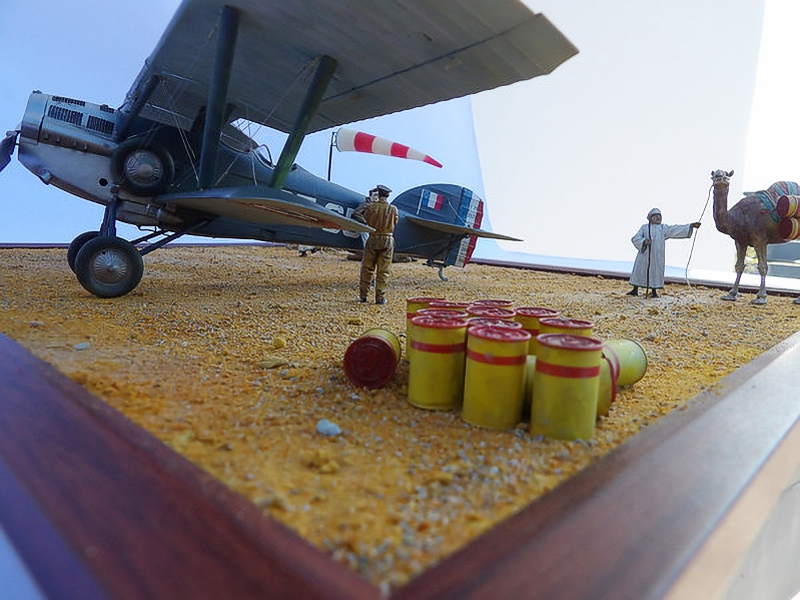
The TOE had also a larger radiator, to cope for the warmer climates it was supposed to operate into. This was achieved by adding "ears" to the radiator, fairing in the covers of the lower cylinder banks of the Lorraine W12 engine. To cope with the heavier weight, a new oleo undercarriage was developed by Messier, as well as a new tail skid. The Potez TOEs of both the Black and Pink Cruise also had two extra water tanks that lengthened the fairings of the lower cylinder banks.
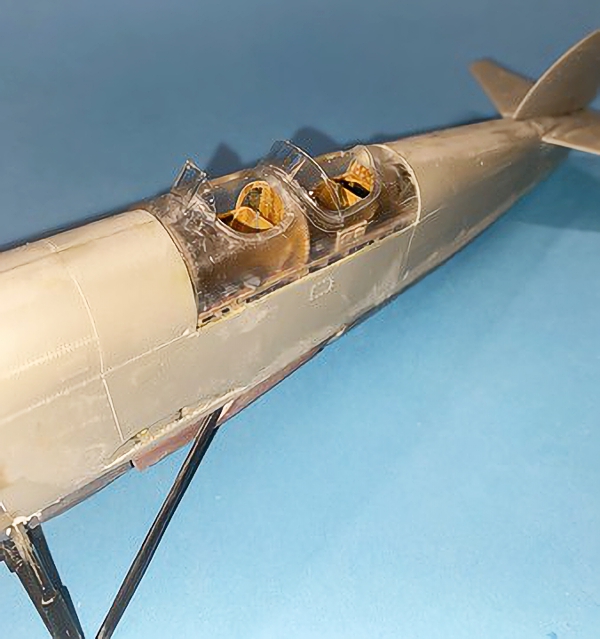
De Laborde's aircraft, coded "BZ 65” (BZ stand for Bizerte, the main base of the French Navy aircraft in North Africa), also had a revised upper fairing above the cockpit, with the suppression of the rear gun position, a new windscreen for this position, and a head-rest fairing for the rear position. It also had a seat comparable to the pilot's one in the rear position, as opposed to the initial bench-type for the rear gunner, and a set of radio emitters and receivers, identical to the ones used during the Black Cruise.
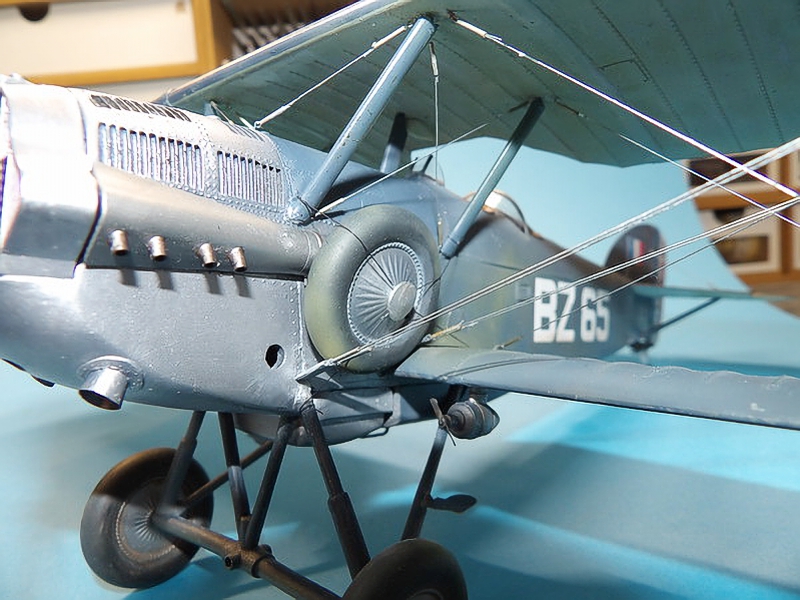
Building and Converting Lukgraphs' Potez 25
The Lukgraph kit is a sound, if not perfect, basis for a Potez 25 A2. To represent a TOE, however, I had to proceed with some major surgery and changes. I designed the conversion parts, and 3d-printed them.
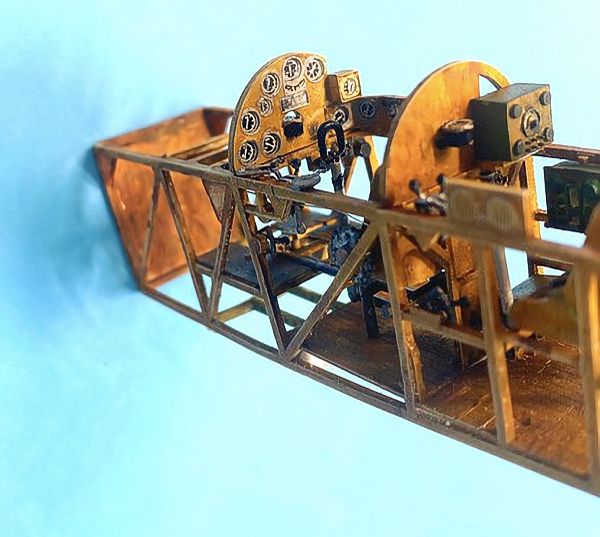
The list of new parts include:
- a new radiator
- new fairings for the cylinder banks, including the extra water tanks
- a new lower nose / cowling
- an extension of the main fuel tank
- a new underbelly conformal fuel tank
- a new fairing for the rear fuselage
- a new main undercarriage
- a new tail skid
- a second seat for the rear position
- new wheels as the TOE ones were of bigger diameter and larger tread than the A2 ones. The standard practice for aircraft crossing the Sahara was to have a spare wheel fastened to the side of the fuselage
- radios for the emitters and transmitter (3 sets overall)
- a new upper fuselage fairing over the cockpit including the head-rest fairing
- a new windscreen for both the pilot and the rear passenger. In the end, I designed the whole new upper fuselage with the windscreens, and then printed it in clear resin
- new throttle quadrants and throttles, as the supplied PE parts were too flimsy …
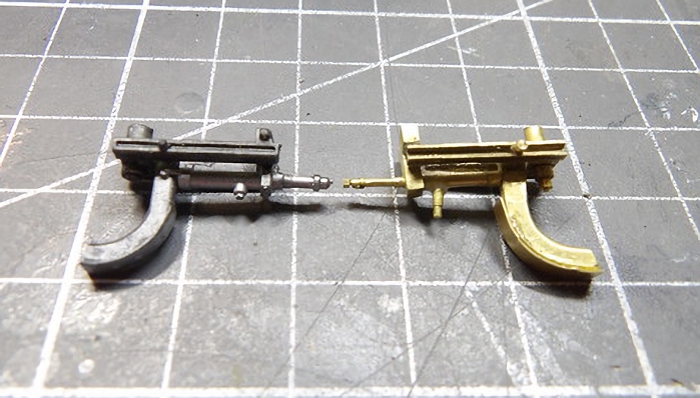
The kit is a typical high-quality resin kit, with some 3D-printed parts. It has, however, a significant issue, namely the large main upper wing is molded solid. When assembled the upper wing alone weighs 186 grams. And the finished aircraft with all the additions is close to 370 grams. One of my pet topics is trying to replicate the "mass feeling" of the original subject in kit form. In theory, using the same materials, we would have a similar density. Thus, if the all-up weight of the Potez 25 was 2500 kilograms, the 1/32 kit should weigh 2500*1000/32^3 = 76 grams. The finished kit is almost five times heavier than it should be if the density was constant!
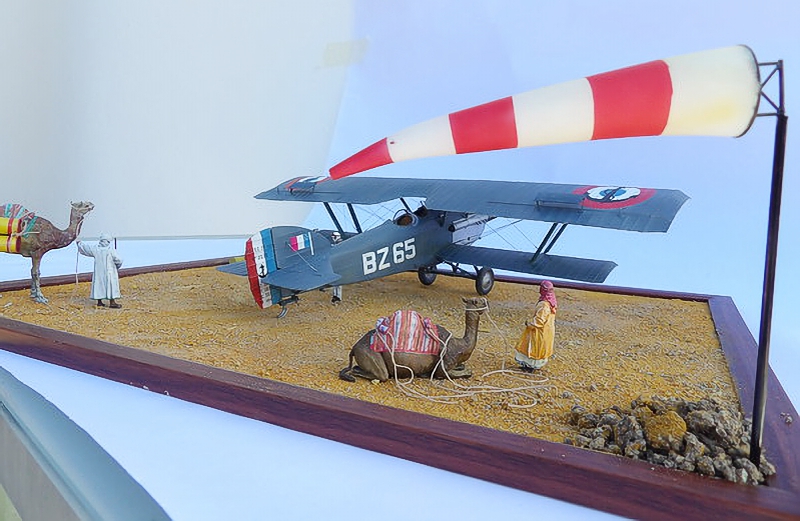
The excess weight creates issues: a) large resin wings are known to sag and flex over time, b) the 3d-printed resin undercarriage may not be strong enough to withstand durably the weight of the finished kit, c) the supplied interwings struts and cabane struts, in 3d-printed resin, may also be unable to withstand the weight of the upper wing over time, as they have holes for simple stub inserts of rods, but are not designed to have the reinforcing rods going completely through them.
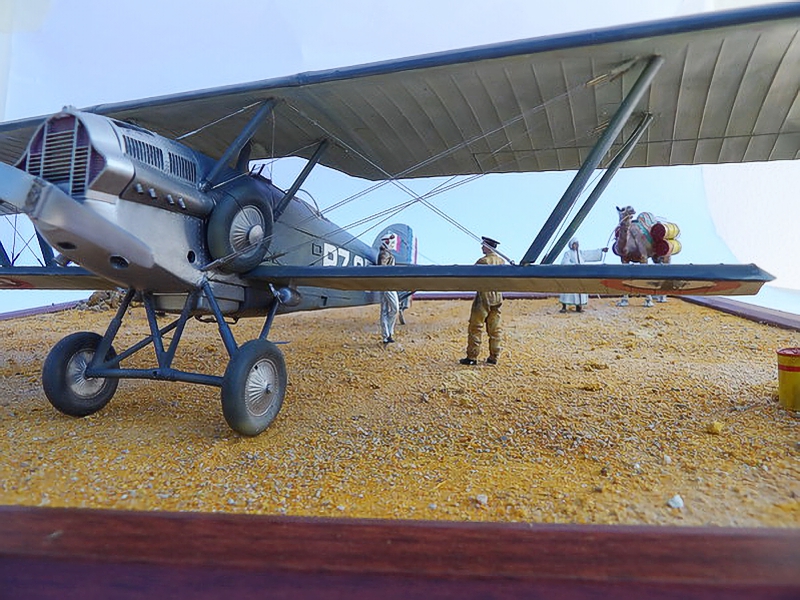
So, I modified the lower sesquiplane wings to incorporate a span-continuous double spar made of 2 mm aluminum tubing. The spars are connected to a reinforced carry-through structure in the fuselage. New struts were designed and printed that allowed to insert 1mm-dia steel rods across their whole length. The undercarriage was similarly designed to allow the introduction of brass rods reinforcements, and to be connected to the internal carry-through structure. By the way, the 3d-printed tail skid did not resist the weight and snapped after about a week. I replaced it with a new one scratchbuilt out of brass. The upper wing is made of three parts (a central and two outer wing panels). They were drilled to a significant depth to allow the insertion of 2mm-tube spars. And the rod-reinforced interwing struts and cabane struts all connect to the carry-through structure inside the fuselage or the lower sequiplane spars.
The Potez 25 TOE was the workhorse mainstay used both for the Black Cruise and, as a utility aircraft, by the French Navy, and therefore for the “Pink Cruise.”
De Laborde's Potez, coded BZ65, sported the 4-star pennant of a rear-admiral on its fin. This made BZ65 a true "Blue Goose" aircraft. The markings are a mix of masks, home-made decals and the kit’s decals (the "fishhooks" come from the Lukgraph decal sheet. All the rest are either masked or home-designed and printed.
The Saynette
I found many pictures of the various Sahara stops performed by French aircraft. Whilst the major "Bidon" stops had fuel pumps, for both the wheeled vehicles and the aircraft, in other places the fuel drums were brought in by 4-legged bowsers, namely camels! I had my scene: BZ65, the Potez of de Laborde and his wife, stopped in the Sahara, whilst camels bring in the fuel drums to replenish the aircraft.
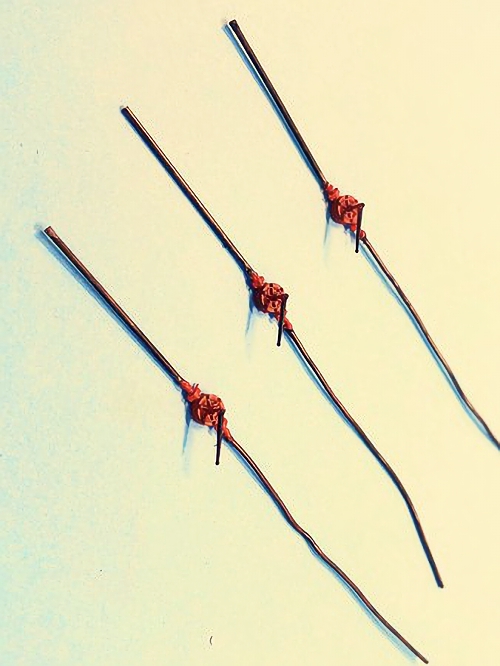
I found that the drums used in these occasions were not the "standard" 200 or 225 liter drums, but smaller, more manageable ones of 70 liters. A net search provided the specs of these 70-liters drums, which I also designed and printed. The ubiquitous "Japy" hand-pump was used for refueling. One was designed, printed and inserted in its location in the lower fuselage, where it cannot, unfortunately, be seen.
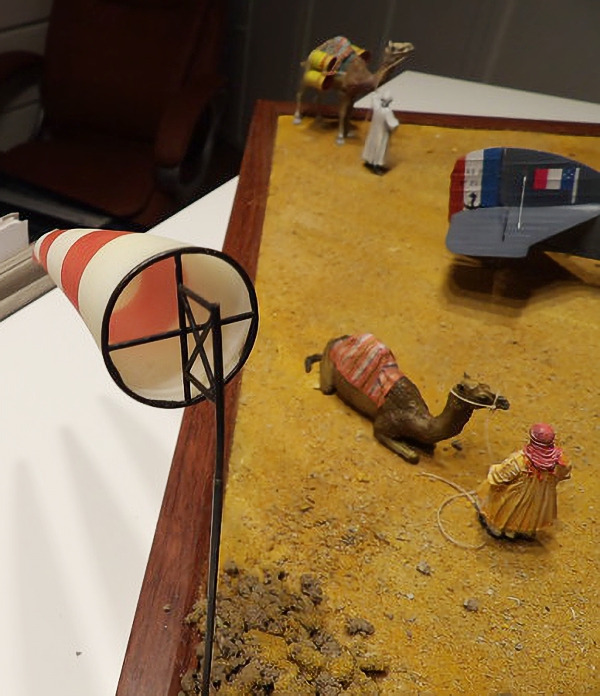
The 1/32 camels are 3d-printed, found on a German website. The figures, including Mrs. de Laborde and her husband, are from various sources, like Red Dog or The Bodi Capsata, or others.
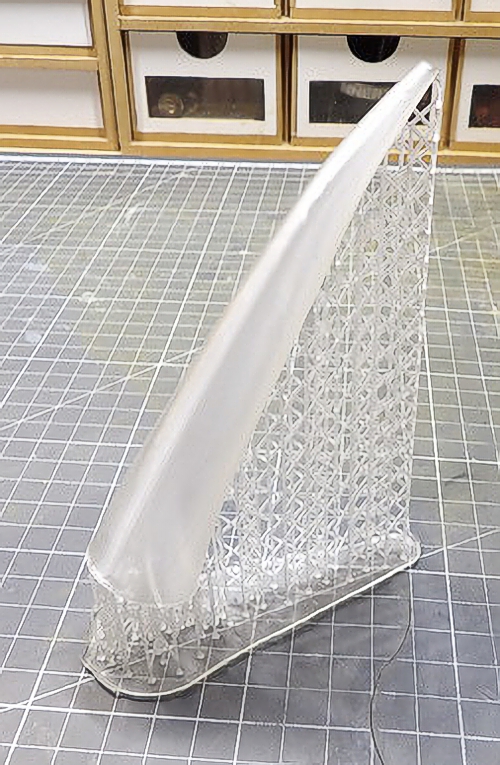
Finally, a picture showed that these airbases in the Sahara had a windsock. One was designed and printed in clear resin. Duly painted, the see-through effect of the fabric windsocks was reproduced pretty convincingly.
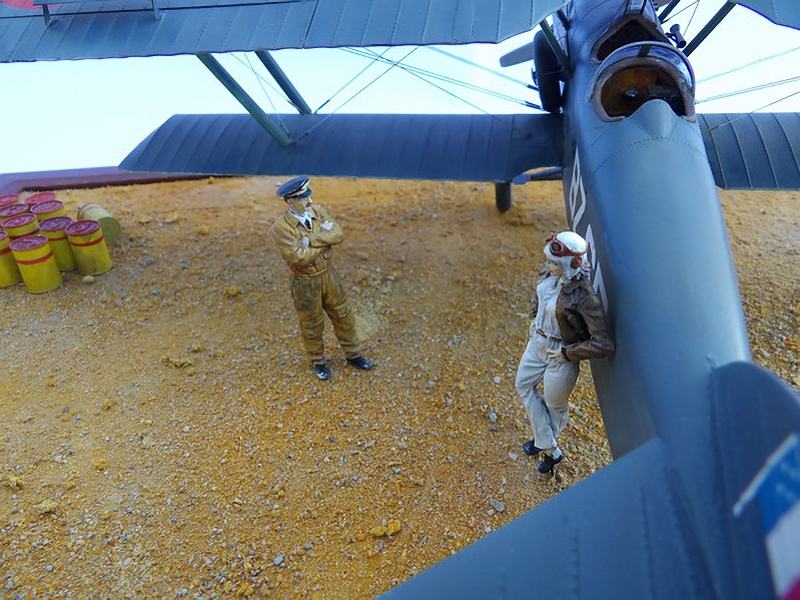
The scene also had an interesting ingredient to it: part of the “sand” is actually some curry powder I had mixed up to the right colour on the Marrakech souk. The odour has now faded out, but my work area smelled very good for a few months!
I hope you like it.
© Hubert Boillot 2025
This article was published on Saturday, June 14 2025; Last modified on Sunday, June 15 2025
